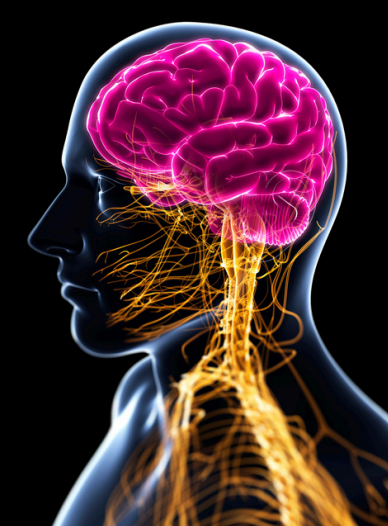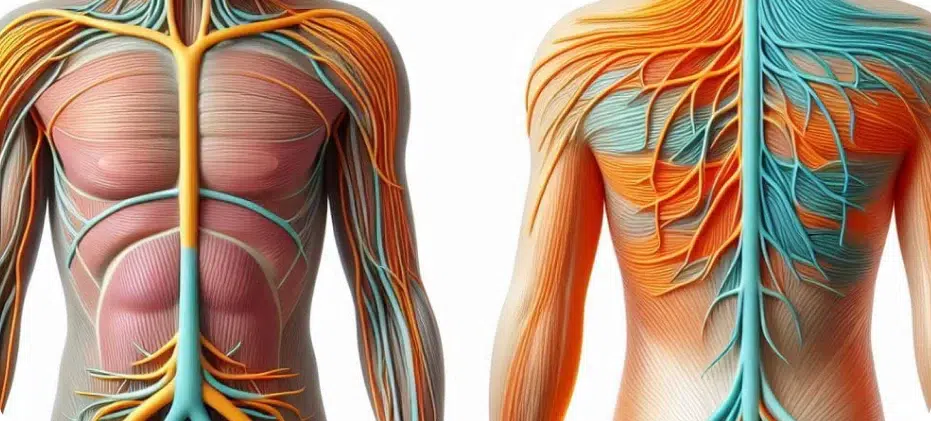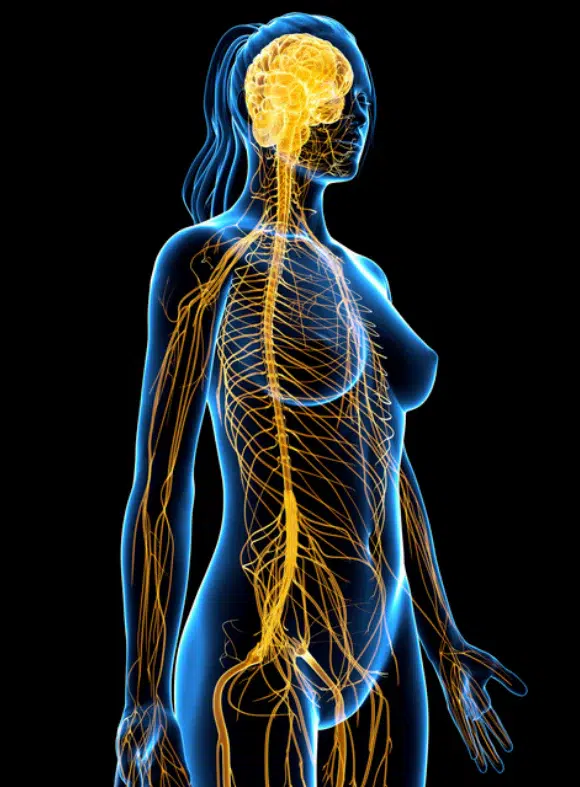Jared Murray, CWC
The 528 Hz frequency, often referred to as the “Love Frequency” or the “Miracle Tone,” has garnered significant attention for its purported healing properties. This frequency is one of the Solfeggio frequencies, which are believed to have unique benefits for physical and mental health. The therapeutic use of 528 Hz spans various domains, from stress reduction and cellular repair to its potential impact on prenatal development and neural health. This article explores the scientific basis, historical use, and emerging research on the clinical applications of 528 Hz, with a focus on its effects on brainwave entrainment, vagus nerve stimulation, and prenatal development.
The Solfeggio frequencies have ancient origins, with roots in Gregorian chants and early musical traditions. The 528 Hz frequency is associated with DNA repair and cellular regeneration. Dr. Leonard Horowitz popularized this frequency in the late 20th century, suggesting that it has the potential to repair DNA and promote overall wellness (1).

Brainwave entrainment refers to the synchronization of brainwave frequencies with external stimuli, such as sound or light. The 528 Hz frequency has been shown to influence alpha, theta, and delta brainwave states, which are associated with relaxation, meditation, and deep sleep, respectively.
- Waves (8-12 Hz): Alpha waves are linked to a relaxed, yet alert state of mind. Exposure to 528 Hz can enhance alpha wave activity, promoting relaxation and reducing stress (2).
- Theta Waves (4-8 Hz): Theta waves are prominent during meditation, creativity, and the early stages of sleep. The 528 Hz frequency can facilitate theta wave entrainment, aiding in emotional release and deep relaxation (3)
- Delta Waves (0.5-4 Hz): Delta waves are associated with deep sleep and restorative processes. The 528 Hz frequency may enhance delta wave activity, supporting deep sleep and recovery (4).
- Vagus Nerve Stimulation: The vagus nerve plays a crucial role in the parasympathetic nervous system, regulating heart rate, digestion, and immune response. Emerging research suggests that the 528 Hz frequency can stimulate the vagus nerve, promoting relaxation and reducing inflammation (5). Vagus nerve stimulation has been linked to improved mood, reduced anxiety, and enhanced overall well-being (6).
- Prenatal Development:The 528 Hz frequency is believed to have positive effects on prenatal development, particularly during neurulation and organogenesis. Studies have suggested that exposure to 528 Hz can support the proper formation of the neural tube and the development of organs (7). This frequency may also play a role in preventing conditions such as tongue tie, which is related to neural dysfunction and fascial restrictions (8).
- Cellular Repair and DNA Integrity:Research indicates that the 528 Hz frequency can influence cellular processes, promoting DNA repair and cellular regeneration. This is particularly relevant in the context of healing and recovery from injury or illness (9). The frequency’s ability to induce a state of deep relaxation and reduce oxidative stress may further support cellular health (10).
Alive Innovations has developed programmable frequency devices that can emit the 528 Hz frequency and other therapeutic frequencies. These devices can be used as tools for brainwave entrainment and can be applied in various clinical settings to enhance therapeutic outcomes.
The following protocol outlines the use of Alive Innovations programmable frequency devices for clinical management:

- Morning (7-9 AM): Use the device for 10-15 minutes to stimulate alpha wave activity and promote a calm, alert state.
- Afternoon (1-3 PM): Use the device for 10-15 minutes to support theta wave activity, aiding in creativity and mental clarity.
- Evening (8-10 PM): Use the device for 15-20 minutes to enhance delta wave activity, promoting deep relaxation and preparing the body for restful sleep.
Number of Sessions per Day: 2-3 sessions per day, depending on individual needs and clinical goals.
- Anxiety: Use the device during high-stress periods to promote alpha wave activity and induce relaxation.
- Depression: Incorporate morning and evening sessions to enhance overall mood and support emotional balance.
- PTSD: Utilize theta wave stimulation in a controlled setting to aid in emotional release and trauma processing.
- Addictions: Use the device to support delta wave activity, promoting restorative sleep and reducing cravings.
- Cognitive Function (Post-COVID, Mild Traumatic Brain Injury): Implement sessions targeting alpha and theta waves to support cognitive recovery and mental clarity.
The 528 Hz frequency, through its influence on brainwave entrainment and its potential for vagus nerve stimulation, presents a promising avenue for clinical applications. Its historical roots, coupled with emerging scientific evidence, highlight its potential to support cellular health, neural development, and overall well-being. The use of programmable frequency devices from Alive Innovations offers a practical tool for harnessing the therapeutic benefits of 528 Hz in various clinical settings. Future research will undoubtedly continue to elucidate the mechanisms and benefits of this powerful frequency.
- Horowitz, L. (1999). Healing Codes for the Biological Apocalypse. Tetrahedron Publishing Group.
- Brady, D. M. (2011). The effects of music therapy on alpha brainwave activity and anxiety. Journal of Music Therapy, 48(4), 452-464.
- Jirakittayakorn, N., & Wongsawat, Y. (2017). Brain responses to a 6-Hz binaural beat: effects on general theta rhythm and frontal midline theta activity. Frontiers in Neuroscience, 11, 365.
- Lee, D. J., et al. (2017). A meta-analysis of EEG biofeedback in treating epilepsy. Clinical EEG and Neuroscience, 48(1), 18-22.
- Breit, S., Kupferberg, A., Rogler, G., & Hasler, G. (2018) Vagus nerve as modulator of the brain-gut axis in psychiatric and inflammatory disorders. Frontiers in Psychiatry, 9, 44.
- Bonaz, B., Sinniger, V., & Pellissier, S. (2017). The vagus nerve in the neuroimmune axis: implications in the pathology of the gastrointestinal tract. Frontiers in Immunology, 8, 1452.
- Giedd, J. N., & Rapoport, J. L. (2010). Structural MRI of pediatric brain development: what have we learned and where are we going? Neuron, 67(5), 728-734.
- Coryllos, E., Genna, C. W., & Salloum, A. C. (2004). Congenital tongue-tie and its impact on breastfeeding. AAP News, 25(6), 296-297.
- Lloyd, T., et al. (2013). Effects of low-intensity pulsed ultrasound on DNA damage in human fibroblasts. Ultrasound in Medicine & Biology, 39(2), 275- 283.
- Swanson, R. A., Morton, M. T., Tsao-Wu, G., Savalos, R. A., Davidson, C., & Sharp, F. R. (1990). A semi-automated method for measuring brain infarct volume. Journal of Cerebral Blood Flow & Metabolism, 10(2), 290-293.
Please note that this is medical information, None of the information presented here or on our social media is intended to service as medical, legal, or regulatory counsel. Users are encouraged to seek professional assistance and counsel if they are concerned about a specific medical, legal, or regulatory issue. None of the statements on this video have not been evaluated by the Food and Drug Administration. These products mentioned are not intended to diagnose, treat, cure, or prevent any disease. The information presented is intended for mainly professional usage and educational purposes and targeted for the US specifically; it is not intended to make claims about any products or services; for more information call 800-454-1920/ [email protected]





